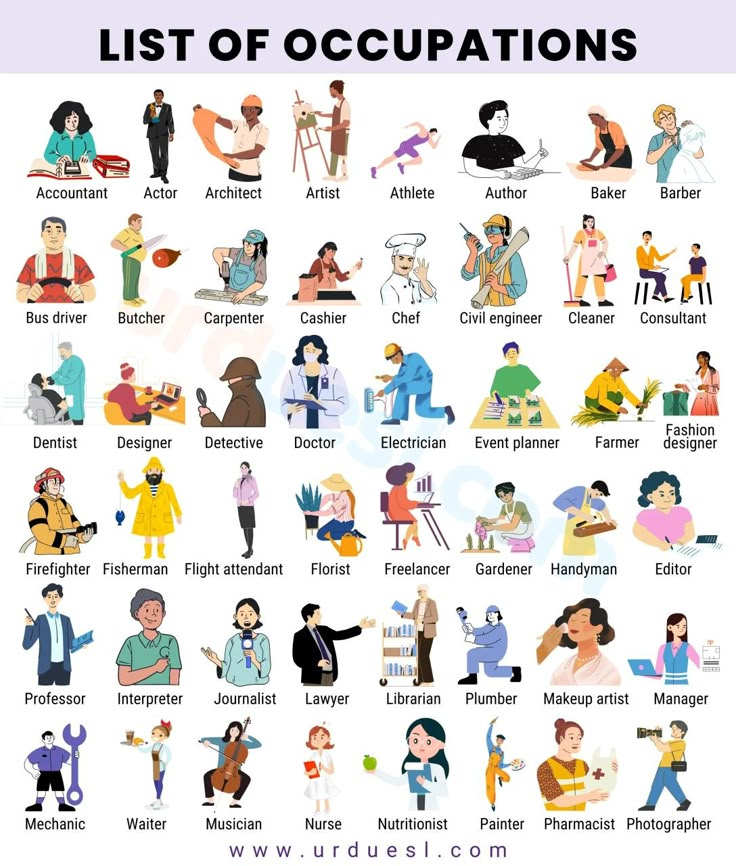What Education Do You Need to Become a CEO? Degrees, Alternatives, and Action Steps
Overview: The Education Most CEOs Have-and What Really Matters
Most CEOs have at least a bachelor’s degree , often in business or a field related to their industry, and many pursue a master’s degree (often an MBA) to deepen management and strategic skills. However, boards prioritize a blend of education, extensive leadership experience, and industry credibility when selecting CEOs [1] [2] . Business schools, career resources, and industry analyses consistently note that a bachelor’s degree plus years of management experience is the most common baseline; advanced study can strengthen candidacy but is not strictly mandatory in every case [3] [3] .
Core Education Path: From Bachelor’s to Boardroom
1) Earn a Bachelor’s Degree (Typical Baseline)
A bachelor’s degree is commonly the minimum credential for CEO-track roles. Business administration, finance, accounting, marketing, or organizational leadership provide broad foundations in economics, financial analysis, strategy, and operations. These programs develop analytical, communication, and teamwork skills that boards value in executive leaders [2] [3] . Many CEOs also major in fields aligned to their industry-such as engineering (industrial, electrical, or software) for technology or infrastructure companies-so they can pair technical fluency with business acumen [3] .
Example: An aspiring CEO in fintech might earn a BS in computer science or finance, then add courses or a minor in accounting and strategy to bridge technical and business skills [3] .

Source: ardeo.org
How to implement: Identify your target industry early. Choose a bachelor’s program that balances quantitative rigor (finance, accounting, analytics) with leadership and communication courses. Seek internships or co-ops each year to build relevant exposure and mentors [2] .
2) Build Depth Through On-the-Job Leadership
Education alone is not enough. CEO roles typically require years of progressively responsible management experience. Hands-on leadership-managing budgets, teams, P&L responsibility, and cross-functional initiatives-demonstrates readiness for enterprise-level decision-making. Many CEOs advance internally by leading critical units or turnarounds that showcase operational excellence and strategic impact [1] [2] .
Example: A product director who leads a major launch, owns P&L metrics, and coordinates with finance, sales, and operations builds a track record boards can trust [1] .
How to implement: Target roles with budget authority and measurable outcomes. Ask for stretch assignments, turnaround projects, or new-market entries. Document metrics (revenue growth, margin expansion, cost savings) for board-ready narratives [1] .
3) Consider a Master’s Degree (Often an MBA)
While not universally required, a master’s degree-especially an MBA-can enhance strategic thinking, financial modeling, corporate finance, and leadership practice. It also expands executive networks and credibility. Some sectors (e.g., complex industries, large multinationals) are more likely to value or prefer advanced degrees for top roles [1] [2] .
Example: A rising operations leader pursues a part-time MBA to strengthen finance and strategy, positioning for COO and then CEO consideration in a capital-intensive company [2] .
How to implement: If you choose graduate study, align your coursework with gaps in your profile (corporate finance, M&A, strategy, analytics). Consider programs with strong executive networks in your target industry. You can pursue full-time, part-time, or executive formats.
Industry-Specific Education and Credentials
In some fields, CEOs are expected to hold credentials that align with the company’s core work. For example, a CEO in an accounting firm may need to be a licensed CPA. In education or research-heavy domains, some CEO positions may prefer a master’s or doctorate. Industry certifications and ongoing professional training can further signal expertise and commitment to high standards [1] [3] .
Example: An engineering-trained leader advancing in a construction or transportation firm might pair their degree with project management and safety certifications, which helps in regulatory and large-scale project oversight [3] .
How to implement: Review licensing norms by industry. Where a credential is typical for top leadership (e.g., CPA in accounting), plan to obtain it early. For regulated sectors, stay current with compliance and standards via continuing education.
Executive Education and Short Courses
Executive education-intensive, practice-oriented programs from universities-can update leaders on strategy, transformation, and innovation. These programs typically do not replace a degree but may accelerate skill-building and provide high-value networks. They can be particularly useful for seasoned managers aiming to close gaps without committing to a multi-year degree program [4] .
Example: A senior director enrolls in a technology leadership program to better steer digital transformation initiatives and improve cross-functional collaboration [4] .
How to implement: Evaluate executive programs from accredited universities that align with your strategic gaps (e.g., corporate strategy, M&A, digital transformation). Compare curricula, faculty, and alumni outcomes. Use alumni events and projects to expand your credibility and network.
Skills Boards Expect-And How Education Supports Them
Boards look for leaders who can set vision, make complex decisions, communicate clearly, and solve enterprise problems under time pressure. Formal education and targeted training help build these abilities: leadership and management, communication, decision-making, problem-solving, and time management. Practical experience then translates these into consistent results at scale [1] .
Example: Capstone strategy projects in business programs develop structured decision-making; communications courses and public speaking practice elevate executive presence; analytics courses sharpen problem-solving that ties data to action [1] [2] .
How to implement: Build a personal learning plan. Each quarter, target one skill (e.g., financial storytelling), one credential (e.g., project management), and one stretch assignment. Track outcomes and feedback to create a portfolio of executive behaviors.
Alternative Pathways if You Don’t Have an MBA
Many CEOs rise without an MBA. Alternatives include: deep industry specialization combined with track-record leadership; executive education; targeted certifications; and rotational experiences across finance, operations, and go-to-market. The key is evidence of sustained results, stakeholder trust, and readiness to oversee an entire enterprise [3] [1] .
Example: A sales VP who consistently scales revenue, leads pricing strategy with finance, and partners with product to drive customer value can progress to COO and then CEO based on performance and cross-functional credibility [1] .
How to implement: Create a three-year plan to gain P&L ownership, lead a cross-functional transformation, and present strategy to the board. Supplement with executive courses and coaching to refine governance and investor-relations skills.
Step-by-Step Plan to Build a CEO-Ready Education Profile
- Map your target industry and role. Define whether you aim for public companies, private equity-backed firms, startups, or nonprofits; each values different combinations of credentials and experiences [2] .
- Select a bachelor’s degree aligned to strategy and your sector. Prioritize business core courses plus an industry-relevant concentration (e.g., finance + healthcare operations) [2] [3] .
- Secure internships and early leadership roles. Aim for roles with ownership: project lead, team lead, or analyst roles with budget exposure. Seek mentors and sponsors who can open doors [2] .
- Decide on graduate study. If your sector or target company favors advanced degrees, plan for an MBA or relevant master’s. Otherwise, prioritize executive education and on-the-job leadership [1] [2] .
- Layer in certifications and executive education. Choose programs that address gaps (strategy, corporate finance, digital transformation) and signal continuous learning to boards [4] .
- Seek P&L responsibility and cross-functional scope. Target roles that own revenue or cost centers; lead initiatives that affect multiple departments to demonstrate enterprise thinking [1] .
- Document impact for board-readiness. Maintain a record of outcomes tied to strategy, financials, and culture-this becomes the narrative that boards evaluate for CEO roles [1] .
Challenges and Solutions Along the Path
Challenge: Limited access to graduate programs. Solution: Use part-time or online formats, employer tuition assistance, or stackable certificates through reputable universities; complement with high-impact work projects to prove capability [2] .
Challenge: Narrow functional background. Solution: Request cross-functional rotations or task forces; pursue short courses in finance or operations to round out your profile; volunteer for integration, transformation, or M&A workstreams [1] .
Challenge: Unclear educational ROI. Solution: Benchmark leaders in your target firms and sectors. If most CEOs have advanced degrees, consider a master’s; if not, double down on P&L and turnaround experience, augmented by executive education [3] .

Source: teacher.org
Actions You Can Take This Quarter
- Audit your education against your target industry’s norms and fill one high-impact gap (e.g., advanced financial analysis) via a reputable course [4] .
- Negotiate for measurable ownership (budget, product line, region) to build CEO-relevant metrics and narratives [1] .
- Identify a senior mentor and request feedback on your board-readiness, including educational gaps and governance exposure [1] .
Key Takeaways
– A bachelor’s degree is the common baseline; many CEOs add an MBA or industry-relevant master’s, though it is not an absolute requirement in every case [1] [2] . – Industry alignment matters: technical or professional degrees/credentials can be decisive in certain sectors (e.g., CPA for accounting firms) [3] . – Executive education and certifications can close gaps and accelerate readiness without a full degree, especially for experienced managers [4] .
References
[1] Indeed (2025). Learn About Being a CEO (Chief Executive Officer). [2] Maryville University (2023). How to Become a CEO. [3] Chron (2022). College Education Requirements for Top Chief Executive Officers. [4] Northwest Education (2025). CEO Qualifications & Skills.


